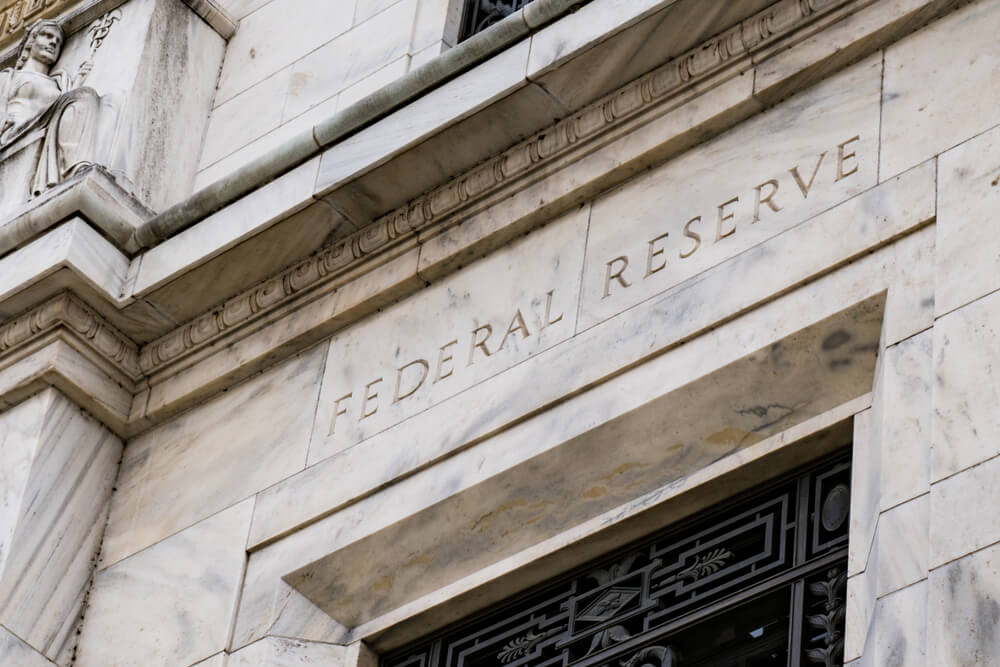The Federal Reserve is poised Wednesday to raise its key interest rate for the fourth time this year. But beyond that, the Fed’s plans are shrouded in uncertainty.
What analysts do expect from the Fed is the message that it plans to become more flexible in its rate decisions starting next year. It will, in other words, tailor its rate policy more to the latest economic barometers and less to any preset course of steadily tightening credit.
Behind the Fed’s shifting policy is a global slowdown, a U.S.-China trade war and a dizzying drop in stock prices that have combined to magnify the risks to the economy. On top of that, Chairman Jerome Powell has suggested that the Fed’s gradual rate increases over the past three years have already raised its benchmark rate nearly to the point where too many further increases could weaken the economy.
Accordingly, beginning in 2019 the Fed might slow or suspend its rate hikes while gauging the state of the economy in light of the threats it faces.
Any clarity the central bank provides Wednesday could come in a policy statement, in updated economic and interest-rate forecasts or in a news conference Powell will hold.
Here are five things to watch for after the Fed meeting ends:
FEWER FUTURE HIKES?
In September, the Fed projected that it would raise its key short-term three rate times in 2019. That prediction was based on the median estimate of the Fed’s board members and regional bank presidents who serve on its rate-setting committee. On Wednesday, the Fed is widely expected to scale back its forecast to just two rate increases for next year.
One way it would do so would be in its so-called “dot plot.” The dot plot, updated quarterly, displays the anonymous projections of individual Fed officials for the path of their benchmark rate as well as for inflation and economic growth.
The Fed could also alter the language in the policy statement it will release. Its most recent such statements have said the Fed expects “further gradual increases” in its benchmark rate. This wording could be dropped or revised to something vaguer, perhaps that it expects “some further increases.” This would suggest that the Fed might raise rates less frequently.
Powell himself could provide clarity in his news conference if he indicates where he thinks the “neutral rate” is. That is the level at which the Fed’s key rate is thought to neither stimulate the economy nor hinder it. In a speech last month, Powell spoke of the current range of the Fed’s benchmark rate — 2 percent to 2.25 percent — as “just below” neutral. He didn’t elaborate.
ECONOMIC OUTLOOK
Each quarter, the Fed also updates its outlook for economic growth based on the forecasts of its rate-setting committee. In its most recent outlook in September, the Fed predicted that the economy would expand a robust 3.1 percent this year before slowing to still-solid 2.5 percent in 2019.
Since then, though, a weakening in global growth has become more pronounced, posing a risk to the U.S. economy. China, the world’s second-largest economy, is slowing. So is Europe, where Italy is on the verge of recession and Britain is struggling to negotiate an exit from the European Union. In addition, interest-rate sensitive sectors of the U.S. economy such as housing and autos are under more pressure.
If the Fed does downgrade its economic outlook, it would help solidify expectations that it’s poised to scale back its rate increases next year.
TUMBLING MARKETS
The stock market is enduring a painful stretch, with steep losses Monday sending U.S. stocks to their lowest levels in more than a year. Among the factors depressing the market are the Fed’s rates hikes. Given the persistent losses on Wall Street, investors will be watching to see if Powell drops any hint that the Fed considers the market’s plunge a factor in its rate decisions.
Some analysts have speculated that the Fed has been raising rates partly was out of concern that extremely low rates over an extended period had helped swell asset bubbles in such areas as stock prices. Now, with stock prices far off their highs from earlier this year, the Fed may see no need to raise rates further as a way to prick a possible bubble.
TRADE CONFLICTS
Trump’s combative trade moves against China and other countries have escalated fears that the higher tariffs the United States has imposed and retaliatory tariffs from U.S. trading partners will depress growth in the United States and other major economies.
So far, Powell has taken care to express concern about rising tariffs while noting that they might ultimately prove beneficial if they force China and other nations to lower their trade barriers and thereby promote freer trade. That said, if the higher tariffs become entrenched and don’t result in a lowering of barriers, Powell has said global growth would be harmed .
TRUMP EFFECT
Powell, who was Trump’s choice to lead the Fed, has endure increasing public attacks from the president. Trump is unhappy with the Fed’s continual rate hikes..
Trump fired off two such tweets this week in the run-up to the Fed meeting. On Monday, he called it “incredible” that the Fed would consider raising rates this week with “the outside world blowing up around us.” On Tuesday, he urged the Fed to consider a Wall Street Journal editorial that argued for a “prudent pause” in rate hikes.
It is highly unusual for a president to be publicly vocal in any criticism of the Fed, though many presidents have complained privately about higher interest rates. Powell has so far insisted that Trump’s criticism is having no impact on the Fed’s decisions. But investors will be listening to see if Powell edges closer to Trump’s view by saying the market’s recent declines and the global slowdown argue for at least a pause in further hikes.
© The Associated Press. All rights reserved.
